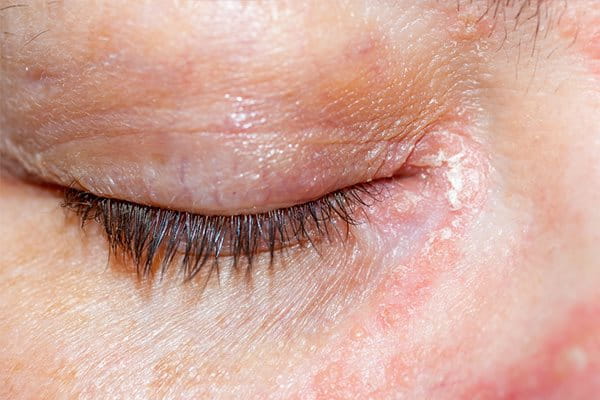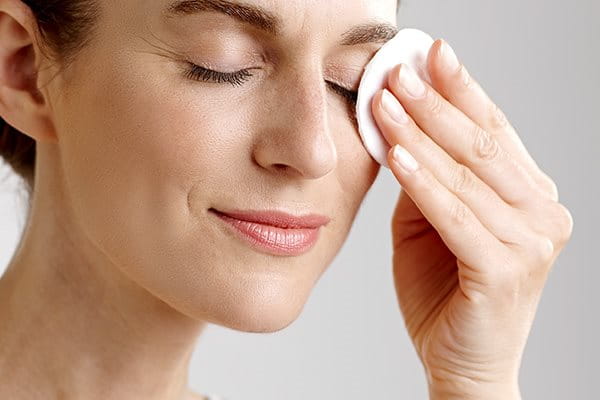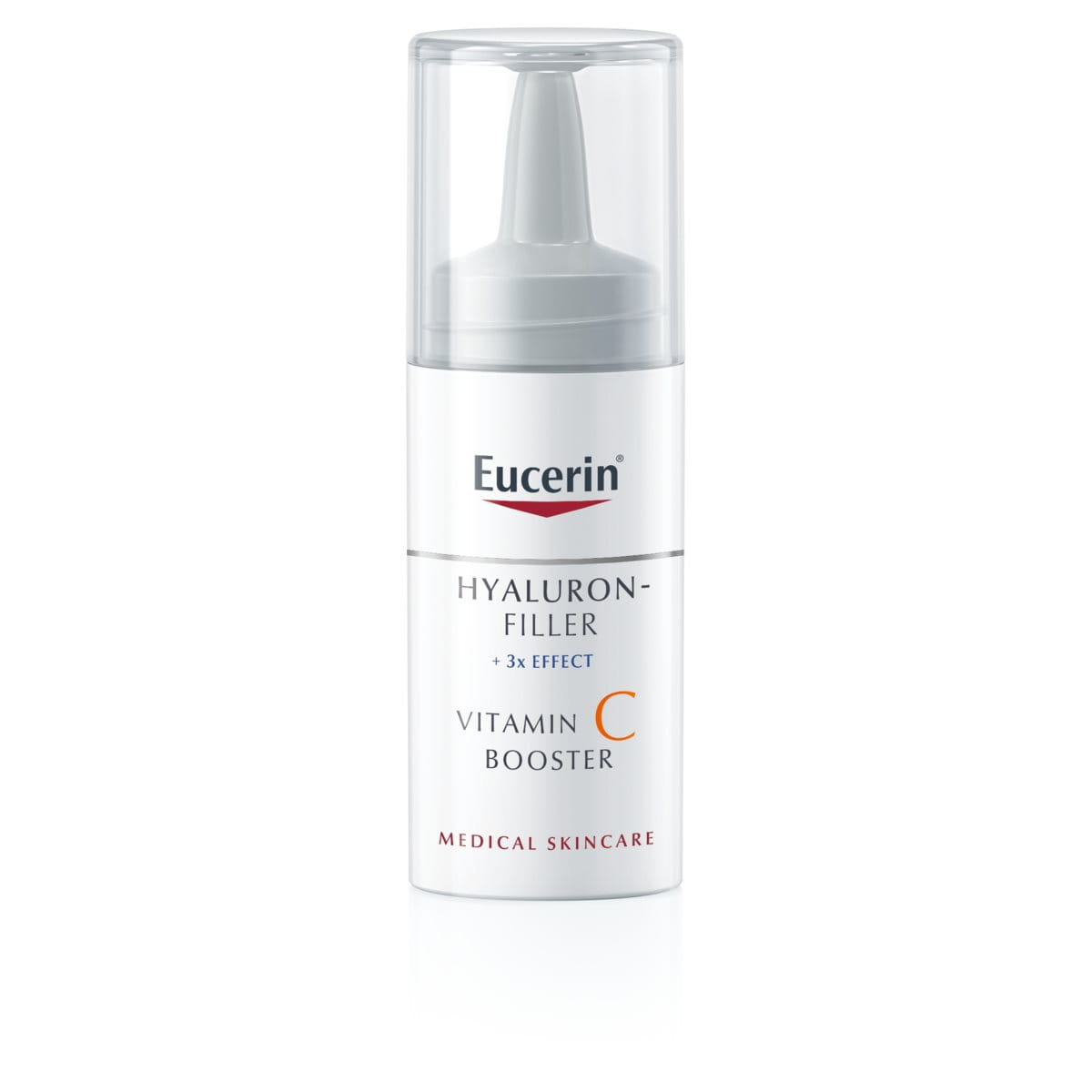Atopic Dermatitis – also known as Atopic Eczema – is a chronic (i.e. persistent or long-term) skin disease characterised by dry, flaky and itchy skin. It can appear anywhere on the body and can flare-up on the face.
This article focuses on Atopic Dermatitis on and around the eyelids. It explains how to recognize if you or your child have it, looks at the possible causes and triggers and makes suggestions about how to care for atopic skin on a daily basis and soothe and calm it during flare-ups.
How do I know if I have Atopic Dermatitis around my eyes?
If the skin around your eyes is dry, red and itchy then you may have Atopic Dermatitis. Some people also experience a burning sensation.
If you or your child already experience Atopic Dermatitis on other areas of your body then it is likely that the symptoms around your eyes are linked. Facial Atopic Dermatitis is especially common in babies and children but many adults have it too. You can find out more in Atopic Dermatitis and babies, Atopic Dermatitis and children and Atopic Dermatitis and adults.
If you are in any doubt about your symptoms, consult your doctor who will be able to give you a full diagnosis and advice.
If you or your child do not have Atopic Dermatitis, then there are several other types of Dermatitis that are also common in the eye area and which present very similar symptoms. These include:
- Seborrheic Dermatitis (or Seborrheic Eczema): This type of Dermatitis, thought to be caused by a reaction to yeast on the surface of skin, can also affect the margins of the eyelid. Skin appears red with yellow flakes but is rarely itchy. Seborrheic Dermatitis can affect both children and adults but, when it appears in the eye area, it is normally adults that are effected. You can find out more about Seborrheic Dermatitis in general here.
- Contact Dermatitis: Common on the hands, Contact Dermatitis is a red and irritating rash caused by an allergic reaction to something skin is, or has been, in contact with. The most common form of Contact Dermatitis in the eye area is caused by an allergic reaction to nail polish which occurs when people wearing polish rub their eyes, but other types of make-up can also cause sensitivity in the eye area.
You can find out more about the symptoms of Atopic Dermatitis, and about how they differ on different parts of the body, in Facial Atopic Dermatitis, Atopic Dermatitis on the head/scalp, Atopic Dermatitis on the hands and Atopic Dermatitis on different parts of the body.
What causes Atopic Dermatitis on eyelids?

The skin around our eyes and on our eyelids is particularly delicate: it’s about three times thinner than the rest of the skin on our face (and about four to six times thinner than the skin on our bodies). You can find out more in skin on different parts of the body. This makes it particularly susceptible to drying out and to irritation.
Once skin in this area has become dry and irritated, scratching makes the symptoms worse very quickly as the skin in the eye area is so easily damaged.
You can find out more about the general causes and triggers of Atopic Dermatitis in Understanding Atopic Dermatitis.
How should I care for atopic skin on my eyelids?
Atopic Dermatitis has two distinct phases, so adapt the way your care for your skin to the phase it is in:

On a daily basis and in the periods between flare-ups:
Because the skin around your eyes is particularly delicate, choose gentle, fragrance-free eye make-up removers, cleansers and moisturisers . Try to avoid cosmetic products that contain fragrances and preservatives as these may irritate your skin.
During the acute phase when skin flares-up:
Ask your doctor for advice on how to calm and care for skin in the eye area during a flare-up. He or she may prescribe Cortisone which can be effective at relieving symptoms.
You can read more about the possible triggers of a flare-up, as well as how to soothe and care for atopic skin during a flare-up, in Identifying and managing flare-ups.
Our brand values

We deliver a holistic dermo-cosmetic approach to protect your skin, keep it healthy and radiant.

For over 100 years, we have dedicated ourselves to researching and innovating in the field of skin science. We believe in creating active ingredients and soothing formulas with high tolerability that work to help you live your life better each day.

We work together with leading dermatologist and pharmacist partners around the world to create innovative and effective skincare products they can trust and recommend.







